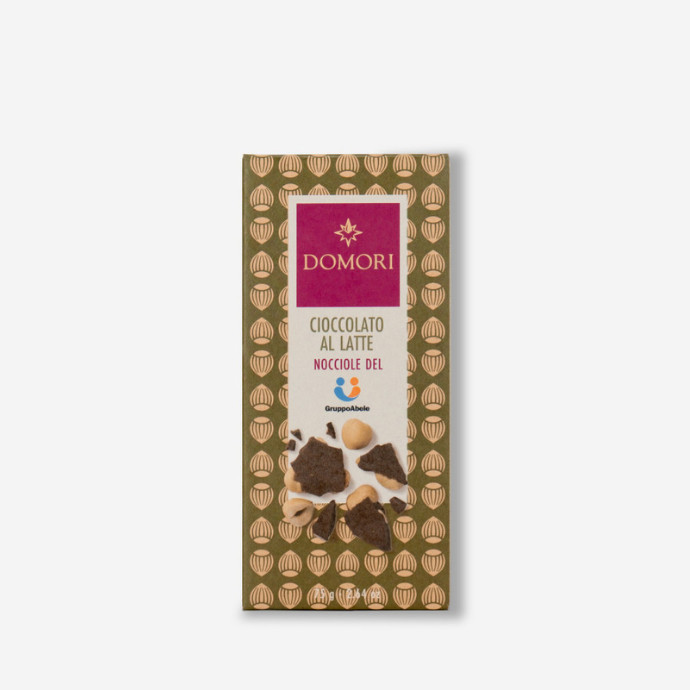Chocolate according to Domori
.
Domori was the first company in the world to create a chocolate tasting code, which involves all five senses to discover the infinite shades of cocoa.
Taste, in particular, should not monopolise the tasting experience, leaving room for sight, smell, touch and even hearing, for an all-round appreciation of the qualities of aromatic cocoa.
The steps to follow to taste chocolate are simple, follow them and immerse yourself in a unique sensory experience..
Color assessment
Chocolate doesn’t have to be black but it must have mahogany reflections, cinnamon red. The intensity of the color increases with the roasting of the beans and is reduced according to the percentage of cocoa mass used.
Appearance assessment
The surface should not have a white patina, but should be glossy. The process that affects the gloss is tempering. With time, it can be compromised by the high temperature that brings out the sugar crystals or cocoa butter. The appearance must also be homogeneous, without stains and color differences.
Tactile assessment
The bar, while being broken, must produce the characteristic "snap", that is, a dry noise. In addition, the speed at which chocolate melts in the mouth is determined by the presence or not of sugar, which affects its fusibility. Good quality chocolate must not be either astringent, nor flooding, but creamy and round.
Taste assessment
Through the taste evaluation can be perceived the levels of sweetness, acidity and bitterness. These parameters are directly related both to the natural characteristics of the raw material and to the type of recipe proposed. Good quality chocolate must have a balance between these parameters, without excessive peaks.
Olfactory assessment
There should be no burning odors, mold, over-fermentation or other unpleasant odors. The sense of smell can be direct or indirect, when the aromatic molecules are perceived through the tasting. With chewing, the taste buds capture the aromas, extremely varied: dried fruit, ripe fruit, tropical fruit, flowers, spices, wood, tobacco, leather, bread fragrance, cream of milk. Olfactory perceptions may also include:
Intensity: It is the evaluation of the volume of a single aroma.
Wealth: It is the evaluation of the number of different aromatic tones.
Fineness: It is the evaluation of the overall quality of aromas.
Persistence: It is the evaluation of the duration of aromas on the palate.
News recenti
Chocolier Courses - January 14 and 15, 2026
Chocolier Sommelier Chocolate Taster Course and Qualified Chocolatier Taster Course - January 14 and 15, 2026 at Domori Store, Turin


